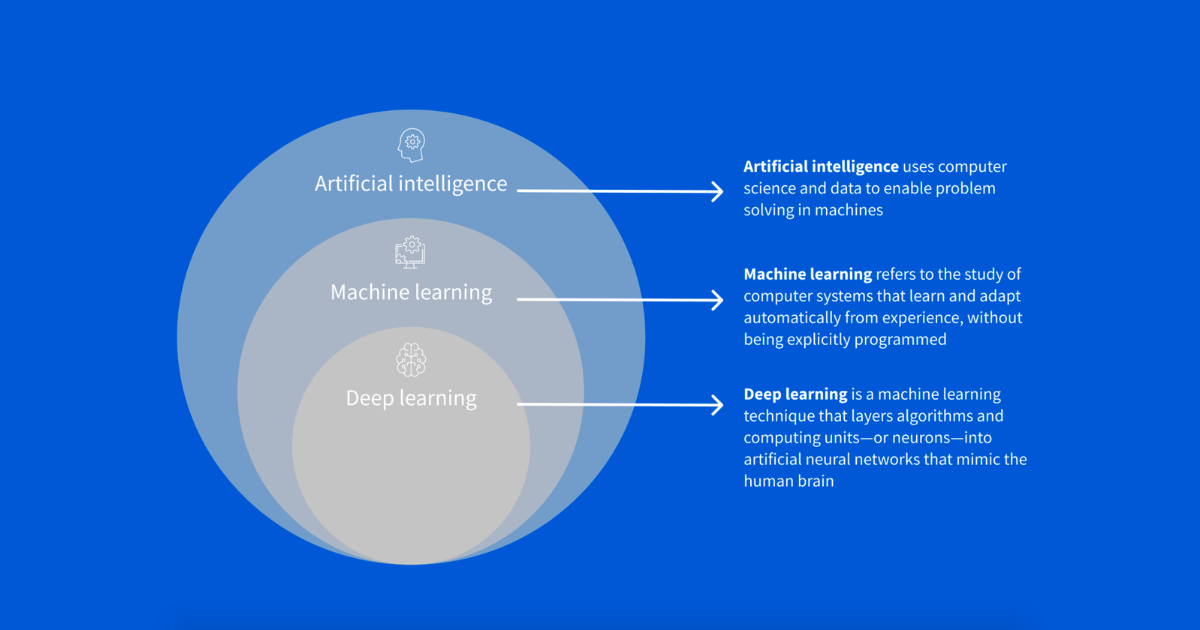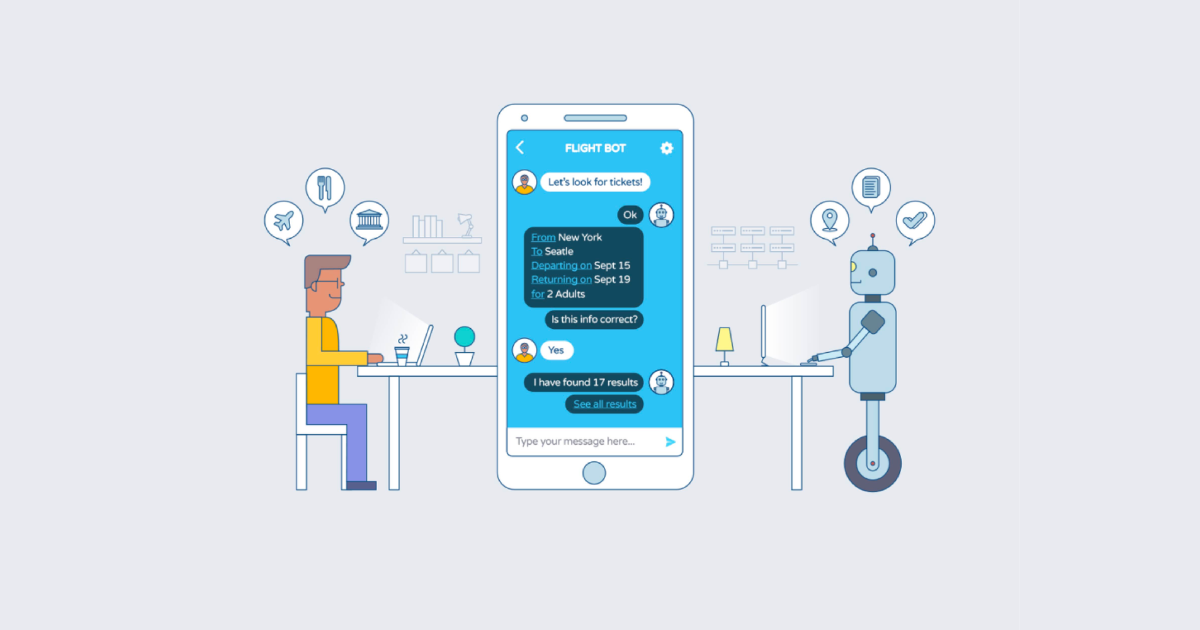Let's peek under the hood of machine learning and deep learning to see how they power the tools and software you use daily.
1. Machine learning and Deep learning
While science fiction movies like "2001: A Space Odyssey" and "The Terminator" have given us a glimpse of what Artificial Intelligence (AI) might be, here's a breakdown: AI is essentially the science of creating computer systems that can handle tasks typically requiring human intelligence.
Machine learning and deep learning are both branches of AI. Machine learning allows computers to learn and adapt automatically, with minimal human intervention. Deep learning, on the other hand, is a more specialized type of machine learning that uses artificial neural networks, inspired by the human brain, to learn from data.

Machine learning and deep learning
2. AI: Making Machines Solve Problems
Artificial intelligence (AI) is all about using computer science and data to empower machines to tackle problems. Forget robots aiming for world domination (for now); AI is already present in many ways. It can be something basic, like a chess-playing computer program, or something highly complex, like an algorithm predicting a virus's RNA structure to aid vaccine development. The key to machines continuously improving without constant programmer intervention lies in machine learning, a subfield of AI.
3. Machine Learning: Teaching Machines by Example
Machine learning focuses on creating computer systems that can learn and adjust on their own, based on experience, without needing specific instructions. Unlike basic AI where programmers tell the machine how to react to situations, machine learning involves "training" the machine with vast amounts of data. The machine uses a set of rules (called an algorithm) to analyze this data and learn from it. The more data it processes, the better it gets at a particular task or making decisions.
Think of a music streaming service like Spotify. As you listen to and interact with music (liking songs, adding them to playlists), Spotify uses machine learning to understand your taste and recommend new music. This similar approach is used by Netflix and Amazon to personalize their recommendations for you.
Or another typical example of Machine learning is the chatbot model, which has been extremely popular in recent years, when people feed the necessary information for the machine to learn and recognize, and then the machine will analyze the user's questions. human to give the most suitable answer.

Chatbot supports automatic resolution of common customer problems
4. Deep Learning: Taking Machine Learning to the Next Level
Machine learning algorithms typically need us to fix their mistakes. Deep learning goes a step further. These algorithms can keep improving their results on their own, through repeated exposure to data, without needing human intervention. Regular machine learning can learn from smaller datasets, but deep learning requires massive amounts of data, often including complex and unorganized information.
Imagine deep learning as a supercharged version of machine learning. It builds upon machine learning techniques by layering algorithms and processing units (like neurons) into intricate structures called artificial neural networks. Inspired by the human brain, these deep networks process data through a web of interconnected algorithms, mimicking the non-linear way our brains handle information.
5. Machine Learning vs. Deep Learning: Learning Styles of AI
Both machine learning (ML) and deep learning (DL) are AI techniques that learn from data. The key difference lies in their approach to processing and learning.
ML models improve with new data, but they often rely on human intervention. If an ML prediction is wrong, an engineer needs to adjust the algorithm. Deep learning, on the other hand, can self-correct through its neural network, minimizing the need for human input. Deep learning algorithms learn through their own internal calculations, almost like having their own brains.

Machine learning vs deep learning
There are other key distinctions:
- Data Size: ML typically uses thousands of data points, while DL thrives on millions. Small datasets work well for ML algorithms, but deep learning needs vast amounts of data to outperform traditional ML.
- Learning Approach: ML algorithms solve problems based on explicit programming, while deep learning relies on layers of interconnected neural networks.
- Training Time: Training ML algorithms is relatively quick, taking seconds to hours. Deep learning algorithms require significantly longer training times, ranging from hours to weeks.
By now, you've hopefully gained a solid understanding of how machine learning and deep learning are revolutionizing the way we interact with technology. As these fields continue to evolve, we can expect even more powerful and sophisticated applications to emerge. From personalized recommendations to self-driving cars, machine learning and deep learning are shaping the future.
Source: Couresa
HR1Tech - Nền Tảng Tuyển Dụng Trực Tuyến Ngành CNTT
Tìm việc và tuyển dụng ngành đa ngành. Khám phá thêm tại: www.hr1jobs.com